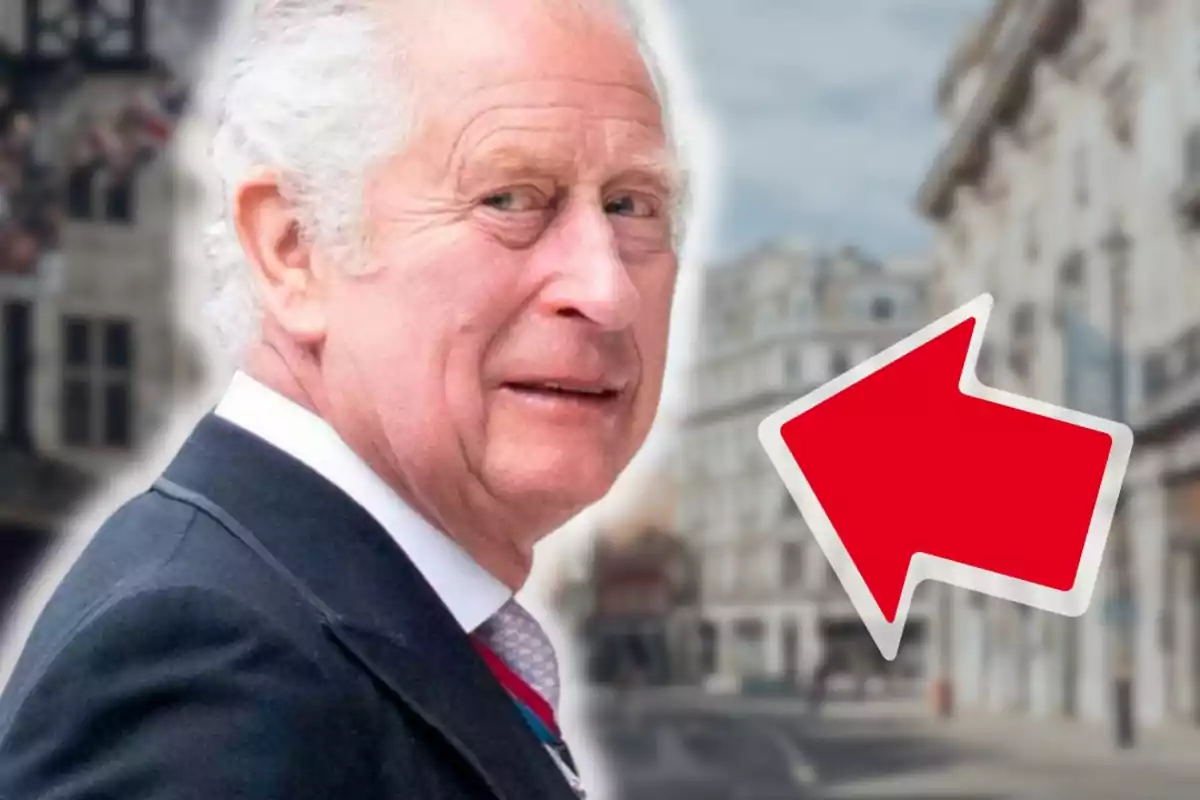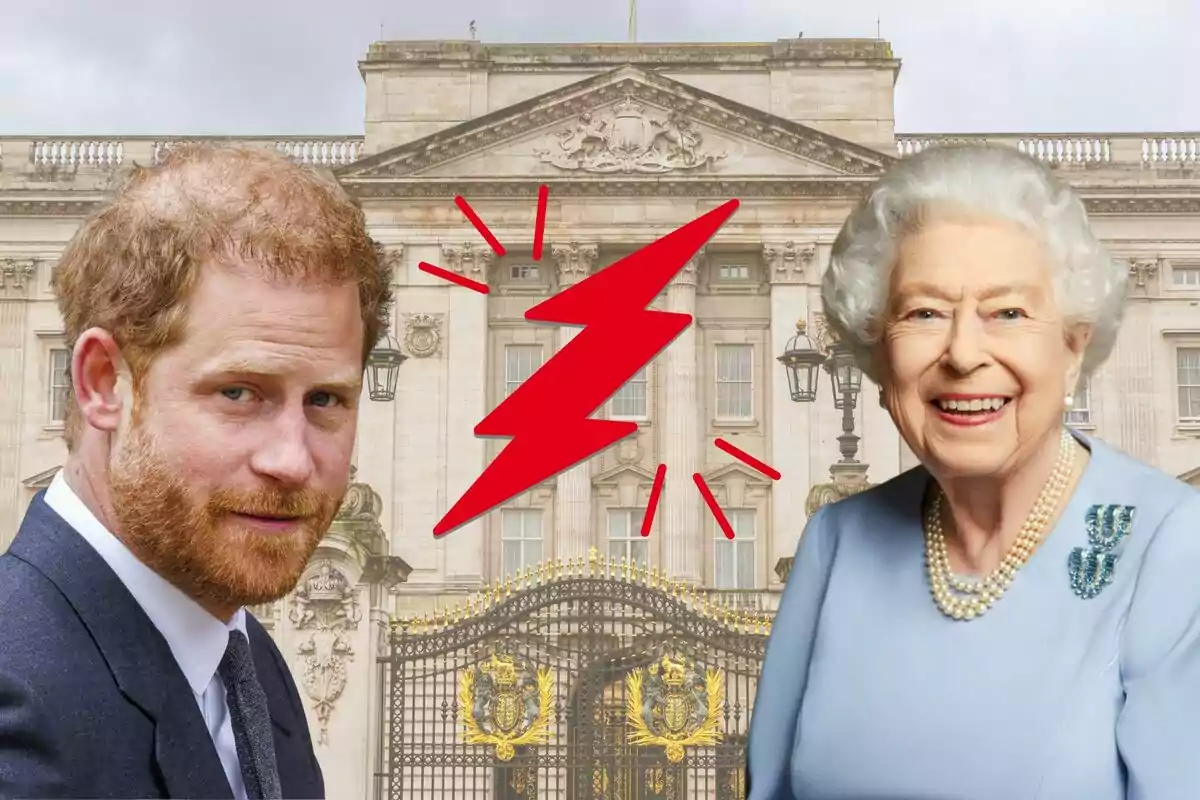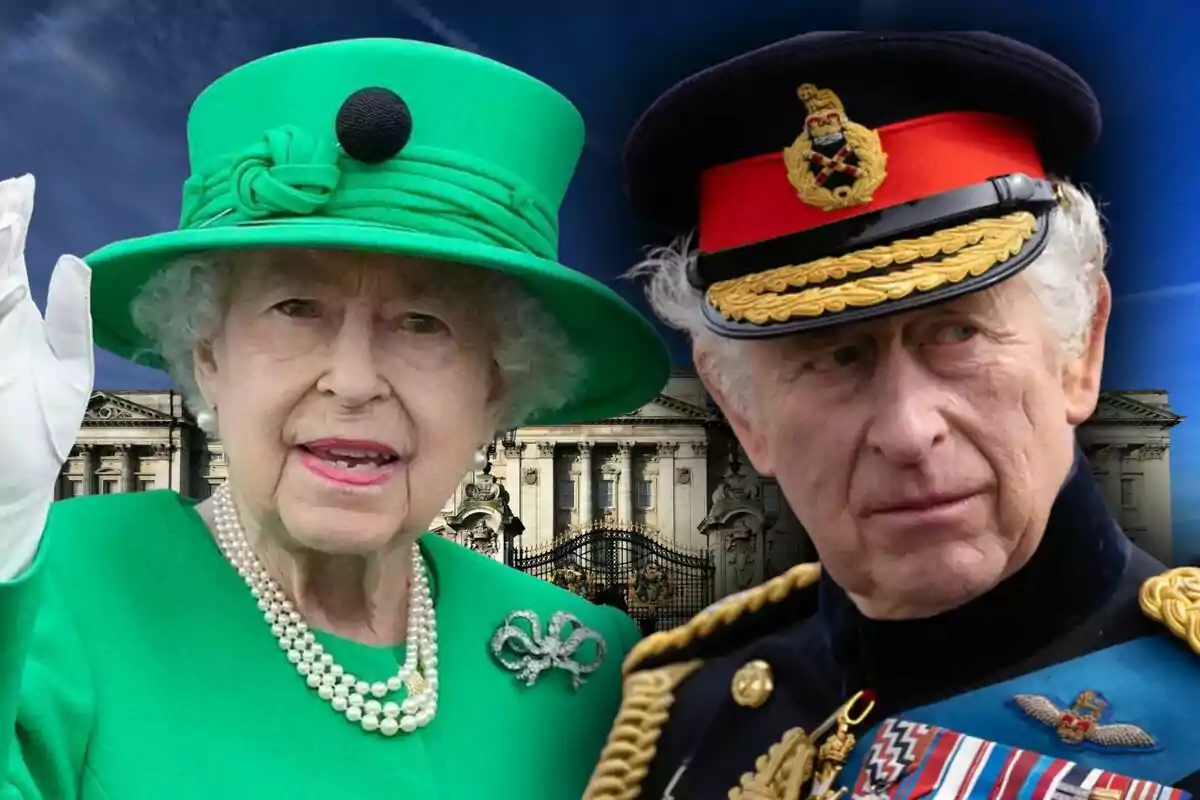The royal kitchen has always been a realm of rituals. Very little leaks out and, when it does, it usually arrives wrapped in half-true anecdotes and persistent myths. In recent weeks, several authoritative voices—chefs who have worked at the palace and active chefs—have once again put the spotlight on what the Windsors really eat.
The confidences help debunk legends and help people understand how a menu is decided that combines tradition, health, sustainability, and a measurable dose of eccentricity. This is what those who have cooked for them say.
From "groussaka" to pheasant pie: what Charles III prefers
Today, King Charles III has spent years defending game and seasonal produce. When he edited Country Life magazine for his 70th birthday, he cited as favorites a "pheasant crumble pie" and his own "groussaka," a moussaka made with grouse instead of lamb. In those pages, he explained that he also adapts classics like coq au vin by substituting the meat for game birds.

His most recent and visible gastronomic choice was the coronation quiche. The recipe, created by the Royal Household's chef, Mark Flanagan, was designed to be shared and to be affordable: spinach, broad beans, and tarragon in a creamy base of eggs and cheese. The official royal website published the official recipe and the reason for the choice.
There are also firm habits. The royal household put in writing two facts that the chefs confirm: the monarch is a Darjeeling tea drinker, with honey and milk, and for years he avoided lunch. In 2024, several reports pointed to a small change on medical advice and from Camilla: introducing a light bite at midday, often half an avocado.
Fish & chips, Elizabeth II style: the light version that came out of Buckingham
Darren McGrady, once chef to Queen Elizabeth II, detailed how the most British dish was served at the palace. It wasn't the thick, fried batter from the pubs. The queen preferred hake coated in flour and egg yolk, breaded with panko, and baked at a high temperature. It was accompanied by a tarragon hollandaise and potatoes cut into identical rectangles, stacked with almost military precision. The finishing touch, an edible flower.
McGrady also said that Fridays were fish & chips days at Buckingham for hundreds of diners, a tradition that the chefs looked forward to despite the formality of the plating.

Royal table rules: from measured tea to "no" to garlic
The rules matter as much as the recipes. Camilla acknowledged on television that garlic is "a resounding no" when there are official events. The reason is simple: many hours talking to people. Several chefs corroborate it as a protocol guideline rather than a quirk.
It is also advisable to separate fact from legend. The story of "six boiled eggs every afternoon" so that two turn out perfect has been repeated for years. The palace denied it, and the British media treat it as a persistent myth rather than a fact.
There are, however, very royal little rituals. Charles III's tea isn't just any tea: Darjeeling with honey and milk, as listed in the "70 facts" officially published when he was still prince. His well-known preference for eggs and cheese helps people understand why the quiche was the flagship dish at the coronation, something former chefs have even commented on social media.
When chefs speak: precision, sustainability, and the occasional martini
Those who have worked with Charles III highlight his obsession with organic and local products, an approach that fits with his environmental commitment—including the decision, recounted by himself to the BBC, to reduce meat and fish two days a week and to forgo dairy one day. The chefs sum it up in one word: consistency.

When traveling, the meticulousness borders on the theatrical. Journalist Tina Brown reported that, at some dinners, the then prince brought his martini already prepared, served in his own glass by a protection officer, and that he took care to recreate his environment with personal details. It's not a chef's whim, but it explains why each service seeks to replicate his routine.
In the end, behind Buckingham's screen, there is less extravagance and more method than the stereotypes suggest. The chefs who have worked in those kitchens tell the same story: precision, clear rules, and a palate that has elevated game, egg and cheese quiches, and a "parlor" fish & chips to a house signature.
Will people see new concessions—beyond half an avocado—in the king's diet? For now, what is certain is that the conversation will keep being served around a cup of Darjeeling and recipes that, between tradition and protocol, say a lot about who is in charge at the royal table.

